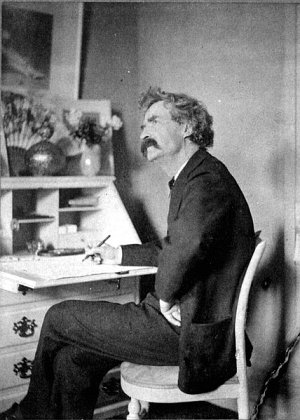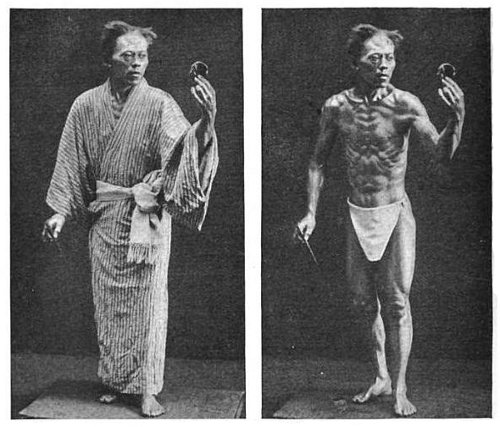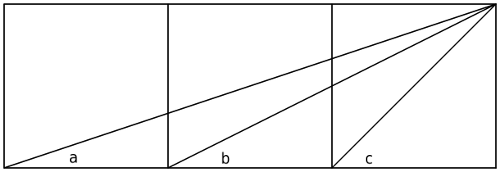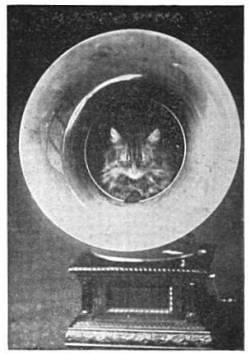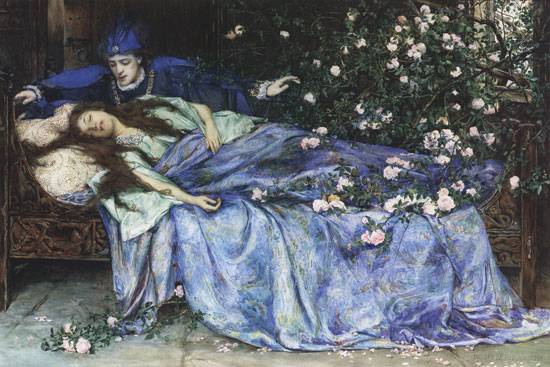
Prince Charming tells Sleeping Beauty, “I’m going to put you to sleep with this potion, and then I’ll flip a coin. Today is Sunday. If the coin lands heads, I’ll wake you again on Monday. If it lands tails, then I’ll wake you on Monday, put you to sleep again, and wake you on Tuesday. The potion induces a mild amnesia, so you won’t remember the intermediate awakening if it happens, but otherwise it won’t hurt you.”
When Sleeping Beauty awakes, what probability should she assign that the coin landed heads?
There seem to be two contradictory answers to this. From one perspective, the coin was fair, so it would seem the chance is 1/2. But from another, Beauty finds herself in one of three equally likely situations (heads/Monday, tails/Monday, and tails/Tuesday), so the chance of heads appears to be 1/3. Which is correct?

